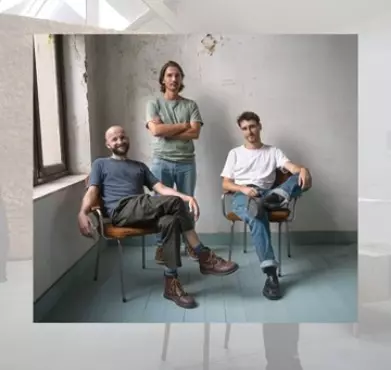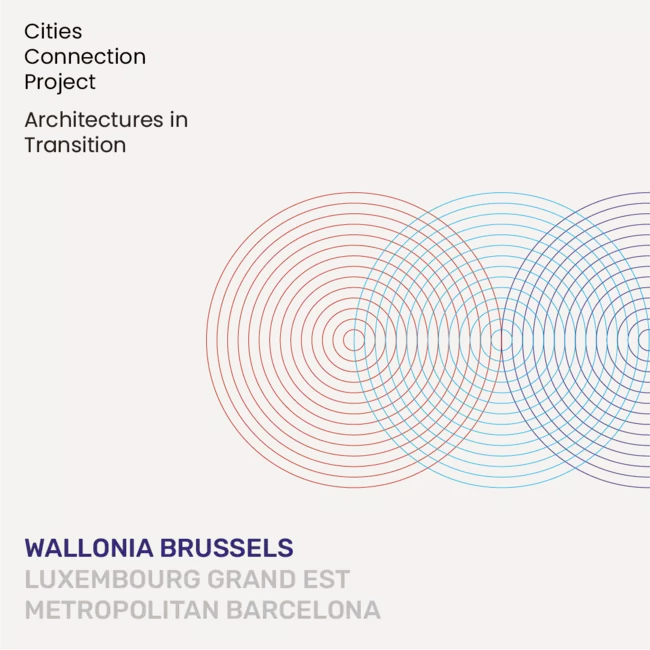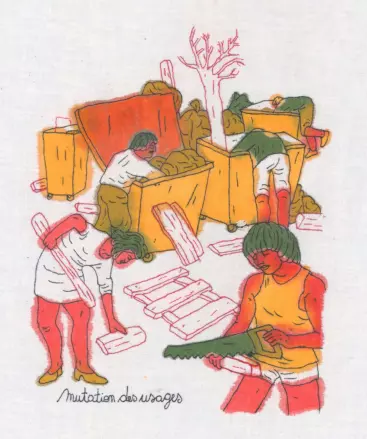- posts
Published on 05/09/2014
"Foreword" Architectures Wallonie-Bruxelles # 1 Inventories 2010-2013
Image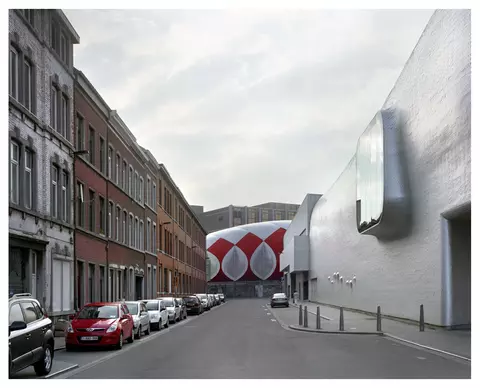 CopyrightMaxime Delvaux
CopyrightMaxime DelvauxCreated three years ago, the Inventaire collection concretizes the ambition of public authorities to report on what is being built, conceived and done in the field of architecture in the Wallonia Brussels Federation.
There is a form of ambiguity in this sort of exercise that automatically creates a disparity between the prospective resolve to treat today's production straightaway and the speculative ambition of capturing the most significant projects for posterity, as localised and relative as the latter might prove. Thus, the portrait that we have painted here can only be fragmentary. It is a snapshot of the architectural culture over the past three years in the Wallonia Brussels Federation.
Beyond methodological contingencies, the specificity of his publication will be disclosed in its editorial quality, which allows making choices and expressing opinions. Defining objectivable judgement criteria in architecture would prove a useless undertaking. Therefore, the selection that makes up the greatest part of this second volume remains inexorably partial and is thus contestable. Undoubtedly, the very interest of this stance consists in provoking a critical debate.
Hence, we gave speculative ambitions to this project in the aim of elaborating an approach capable of problematizing the recent production within the local framework of the Wallonia Brussels Federation and in the widest scope of architecture as a cultural discipline. By taking possession of words that often substantiate the discourses about today's society – contemporaneity, representation, mediation, ecology, cosmopolitics – the book is articulated around five keys to reading addressing the issues that concern – or that should concern – the players of architecture today. Rather than imposing themselves on to the projects presented, these keys offer various levels of understanding. Although theoretically capable of testing them all, they do not however act as normative frame and the projects that they explore are those that, through their intrinsic qualities, allow defining them in turn.
Thence, no quorum of representativeness imposed itself to the selection. By their absence, this approach reveals the fields of actions that still need to be invested, the still-fragile dynamics that we must support. Whether approaching practices that are actually recognized ones, typologies, programmes, scales or territories, the “absents” force us to measure the variable geometry characterising our built environment as well as its needs and weaknesses. As for those being “present”, they bear witness of and assert the existence of a quality architecture that lives on in the Wallonia Brussels Federation, and which – although it may still demand some consolidation – remains fecund, dedicated, and is not confined within a school of thought. We want to believe that by giving visibility to our final selection, we participate to the creation of the multiplicity of our architectural landscape rather than impose it a clear identity that would freeze a normative ideal and would ultimately prove reductive.
In the image of the projects it presents, this book was built along the many crossed interventions of the actors who took part to its creation. The three-section book begins and ends with expert words of architects, researchers and critics which act as a frame for all thirty projects of the selection. The following articles result from exchanges around the five issues of architecture introduced by the five keys to reading. In the first part, we put five texts defining these keys under the sharp eye of several authors and invited the latter to choose one and build it with us. We gave the material – the selection – without demanding that they should grab it, and we let the interpretations of Maarten Delbeke for contemporaneity, of Bruno Marchand and Christophe Joud for representation, of Rafaella Houlstan Hasaerts and Typhaine Moogin for mediation, of Lee Christopher Roland for ecology and of Michael Ghyoot for cosmopolitics run wild. Five singular and specific opinions emerged on the current status of the discipline. All five proved rich, pertinent and explored the challenges of architecture all the while moving its limitations. In the second part of the book, in an aim of grasping the conditions of the practice more immediately, Audrey Contesse gathered practitioners in direct contact with on site realities around one table to discuss and question the roles and responsibilities of the key players of architectural production in Belgium. Finally, French architect and critic Françoise Fromonot confronts various interpretations of one same building, forcing us to think them together.
Lastly, the selection is in the very centre of the book. It is presented as a sample of moving culture, as the sum of its most significant fragments. Each project is inventoried according to the same protocol. Photographer Maxime Delvaux uses a rigorous methodology to dissect its attributes. Finally, through a series of short articles, we record the elements that singularise the projects and place the challenges under the prism of the keys to reading mobilised for each one.
This transversal exploration of the selection also conditions the materialisation of the book. Using a successive cross-references paging system, the graphic designers of PLMD (pleaseletmedesign) developed the concept of a “book where you're the hero” allowing readers to follow the keys to reading as if they were a serie of tracks allowing to go across the projects s and ideas that fill Inventories #1.Founded in 2011, orthodoxe is an association of six architects sharing simple, fundamental beliefs: making architecture cannot be understood outside history, cannot be thought without theories, and cannot be founded without criticism. The collective concentrates, both individually and together, on practicing architecture in the area of design, cultural mediations and its teaching.Image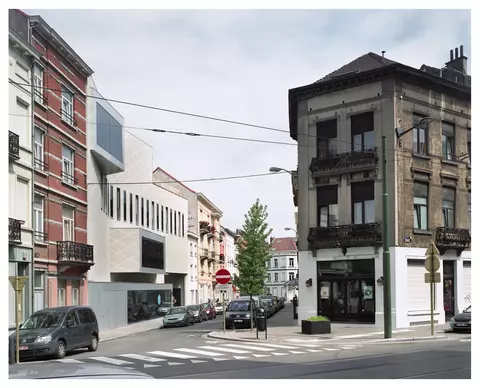 CopyrightMaxime Delvaux
CopyrightMaxime Delvaux
- actionsDate de l'événement
5/12/2024Published on 28/10/2024
-
A vos agendas ! Cities Connection Project #7 à Bruxelles
Nous avons le plaisir de vous convier au vernissage de l’exposition Cities Connection Project qui aura lieu le 5 décembre 2024 à 20h30 à la Faculté d [...]
- actionsDate de l'événement
20 - 30/11/2024Published on 28/10/2024
-
Inventaires#4 à Paris
Nous avons le plaisir de vous inviter à la présentation de l'ouvrage Architectures Wallonie-Bruxelles Inventaires #4, Vers une démarche architecturale [...]

